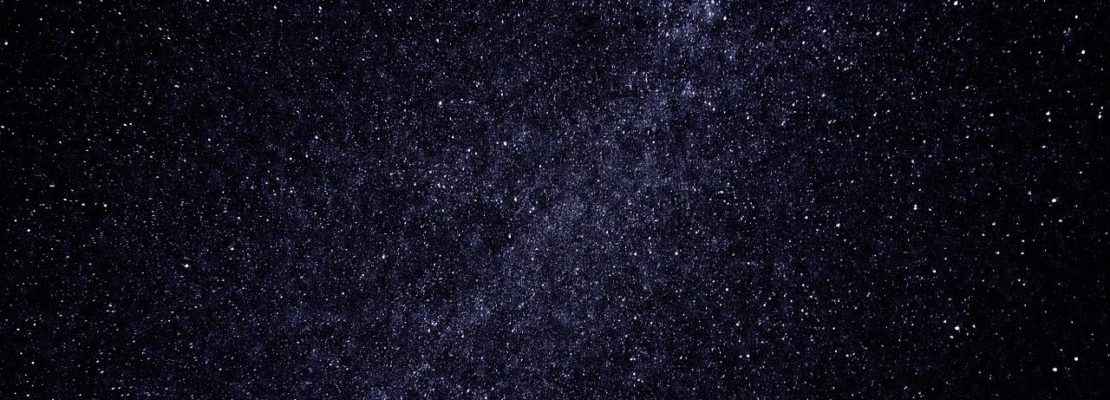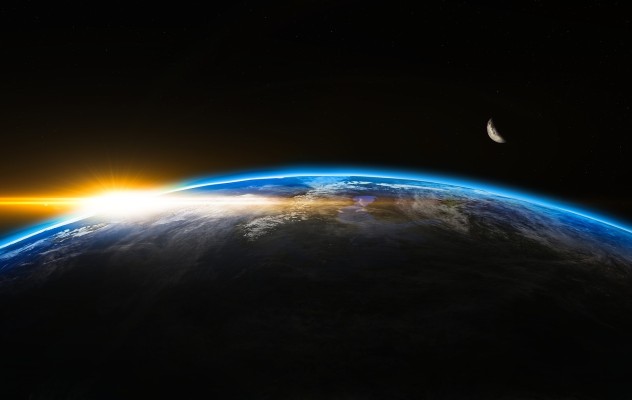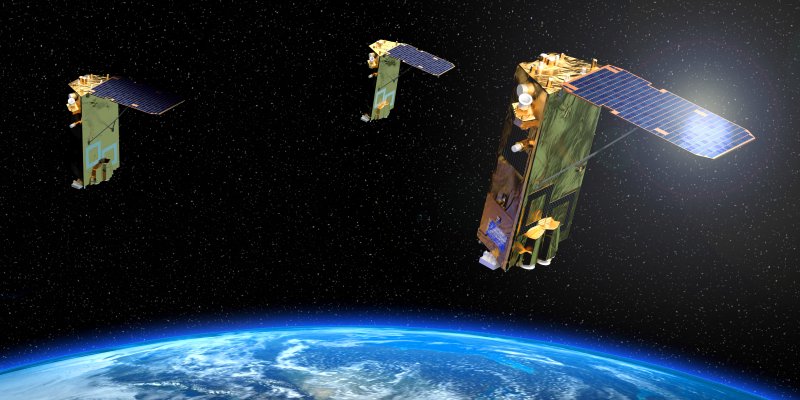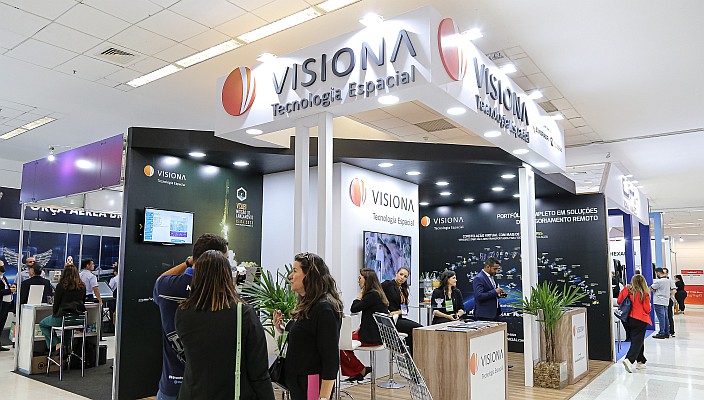O Observatório Nacional realiza, em formato compacto e virtual, a tradicional escola avançada denominada Ciclo de Cursos Especiais (CCE), entre 24 e 27 de novembro. O CCE foi oferecido de modo presencial durante 24 edições.
Este ano, em virtude da pandemia do novo coronavírus, o ON modificou o formato da escola para oferecê-la de modo remoto. A atividade é promovida pela Divisão de Programas de Pós-Graduação do ON e voltada a estudantes e pesquisadores das áreas de Astronomia, Astrofísica e Cosmologia.
O CCE-Virtual conta com os seguintes convidados:
- Didier Queloz (Laboratório Cavendish, Inglaterra / Universidade de Genebra, Suíça), um dos vencedores do Prêmio Nobel de Física em 2019, pela descoberta do primeiro planeta extrassolar, ou exoplaneta. Queloz juntamente com Michel Mayor descobriram, em 1995, o primeiro planeta extrassolar, batizado de 51 Pegasi, utilizando o método de velocidade radial no Observatório de Genebra. Desde então, foram descobertos mais de 4 mil exoplanetas na Via Láctea.
- Rashid Sunyaev (Instituto Max-Planck, Alemanha / Instituto de Pesquisas Espaciais da Rússia), pioneiro nos campos da astrofísica teórica, astronomia de raios X e cosmologia, atualmente dedica-se aos estudos de astrofísica de altas energias e é o coordenador, na Rússia, da colaboração responsável pelo satélite raio-x eRosita. Coleciona diversos prêmios, sendo o mais recente a Medalha Dirac, em 2019, concedida pelo Centro Internacional de Física Teórica (ICTP) a pesquisadores com contribuições significativas à física.
- Julio F. Navarro (Universidade de Victoria, Canadá), pesquisador com atuação em formação e evolução de galáxias e aglomerados de galáxias e na estrutura cósmica e matéria escura, que constitui um dos grandes desafios dos estudos da cosmologia atual. Navarro coleciona diversos prêmios e foi um dos indicados ao Nobel de Física este ano.
- Ewine F. van Dishoeck (Universidade de Leiden, Holanda), presidente da União Astronômica Internacional (IAU, sigla do inglês International Astronomical Union). Trabalha na área de astrofísica molecular com foco na química básica no espaço e no estudo da formação de estrelas e planetas. Em 2018, recebeu o Prêmio Kavli, concedido pela Academia Norueguesa de Ciências e Letras, que homenageia cientistas por avanços em astrofísica, nanociência e neurociência – transformando nossa compreensão do muito grande, do muito pequeno e do muito complexo. Ewine foi agracidada por seu trabalho pioneiro em astroquímica observacional, teórica e de laboratório, lançando luz sobre a química de nuvens interestelares e a formação de estrelas e planetas.
As palestras serão ministradas em inglês e transmitidas pelo canal do Observatório Nacional no Youtube com acesso livre para todos os interessados, que poderão fazer perguntas através do chat. Os colaboradores do ON poderão participar ingressando na sala do zoom e interagindo pelo chat diretamente com o palestrante e com os mediadores. Não serão emitidos certificados.
O CCE é uma escola avançada em astronomia, com cursos sobre temas relevantes e atuais em diferentes áreas desse campo de conhecimento. O evento é uma importante contribuição para a formação de estudantes de graduação e de pós-graduação, que podem assistir a palestras de renomados pesquisadores, e uma oportunidade para conhecer e interagir com profissionais que são referências internacionais em suas respectivas áreas de atuação.
Confira abaixo a programação completa, com resumos em inglês:
- 24 Nov, 10:00 BRT
Prof. Dr. Didier Queloz (University of Cambridge, University of Geneva)
The exoplanet Revolution
Over the past 25 years spectacular, ever growing, discoveries of exoplanet systems have modified our perspective on planet formation and more specifically our place in the Universe. I will introduce the audience with the exoplanet diversity and describe what we have learnt on their structure and formation mechanisms. Based on recent works about the origin of life on Earth, I’ll present new avenues about minimum conditions for the formation of life chemical building blocks. I will describe a possible pathway to detect Earth like systems amenable for future work about origins of life.
- 26 Nov, 10:00 BRT
Prof. Dr. Rashid Sunyaev (Max Planck Institute for Astrophysics)
SRG Orbital X-Ray Observatory with eRosita and ART-XC telescopes: X-ray maps of the whole sky. Some results of the first all-sky survey and plans for the future
Spektr-RG spacecraft with Russian (ART-XC) and German (eRosita) X-Ray telescopes was launched on July 13th of 2019 from Baykonur. During the flight to the L2 point of the Sun-Earth system, SRG performed calibrations and detailed long duration Performance Verification (PV) observations of more than a dozen of targets. Starting in the middle of December 2019, the SRG Observatory scanned the whole sky in half a year and discovered more than a million point X-Ray sources, mainly AGNs and QSOs, stars with hot and bright coronae, and more than 16 thousand clusters of galaxies. SRG provided the X-Ray map of the whole sky in hard and soft bands, which is now the best among existing. It reveals a lot of information about the distribution of absorbing gas in the Milky Way and provides a beautiful image of the North Polar Spur and similar bright emitting feature on another side from the Central Part of the Galaxy. I plan to describe the Observatory plans for the future and to demonstrate several exciting results from the PV phase observations as well as from the second all-sky survey which is ongoing. The variability of tens of thousands of X-Ray sources during half a year will be mentioned. I will mention the discovery of a number of high redshift QSOs during optical follow-up.
- 26 Nov, 15:00 BRT
Prof. Dr. Julio F. Navarro (University of Victoria)
Going Non-Linear: Contrasting LCDM with observations of the internal properties of galaxies
The Lambda Cold Dark Matter (LCDM) paradigm has been spectacularly successful at reproducing observations of the cosmic microwave background and of the large-scale structure of the Universe. On these scales, the structures contrasted with the theory are in the linear or mildly nonlinear regime, where observations are well established and theoretical predictions are robust. LCDM also makes specific predictions in the non-linear regime; in particular, for the abundance, structure, and substructure of dark matter halos, the sites of galaxy formation. On these non-linear scales a number of potential challenges to LCDM have been identified when confronting the observed internal structure of galaxies with LCDM expectations. I plan to review briefly the status of these challenges and to discuss whether they signal a potential breakdown of the LCDM paradigm or just reflect our incomplete understanding of the complex process of galaxy formation.
- 27 Nov, 10:00 BRT
Prof. Dr. Ewine F. van Dishoeck (Leiden Observatory, Leiden University, the Netherlands):
Molecules from clouds to disks and planets
The discovery of thousands of planets around stars other than our Sun has revived age-old questions on how these exo-planets form and which chemical ingredients are available to build them. Star formation and chemistry start in the cold and tenuous clouds between the stars. In spite of the extremely low temperatures and densities, these clouds contain a surprisingly rich and interesting chemistry, as evidenced by the detection of nearly 200 different molecules, from simple to complex. New facilities such as ALMA allow us to zoom in on dense cloud cores and planetary system construction sites with unprecedented sharpness and sensitivity. Spectral scans of young disks contain tens of thousands of rotational lines, revealing water and a surprisingly rich variety of organic materials, including simple sugars and high abundances of deuterated species. How are these molecules formed and what chemical processes play a role? How common are they? How do abundances compare with those in comets? Can they be delivered to new planets?
Comissão Organizadora
Daniela Lazzaro
Jailson Alcaniz
Jorge M. Carvano
Marcelo Borges Fernandes
Renato Dupke
Simone Daflon
Com informações do ON e AEB
Saiba mais:
AEB e MundoGEO firmam Acordo de Cooperação Técnica para impulsionar Programa Espacial Brasileiro
SpaceBR Show 2021: MundoGEO lança evento para o setor espacial em parceria com a AEB







